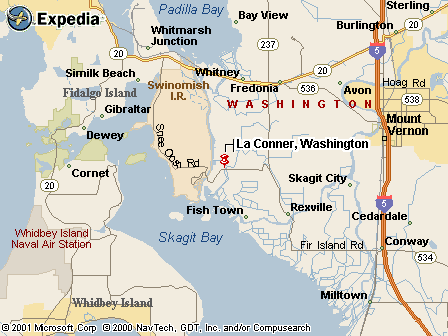|
|
Canku Ota |
|
|
(Many Paths) |
||
|
An Online Newsletter Celebrating Native America |
||
|
June 5, 2004 - Issue 114 |
||
|
|
||
|
Swinomish Youth Pick up Cameras, Tell Their Own Stories |
||
|
by Tina Potterf - Seattle Times staff reporter |
||
|
credits: Alan Berner Seattle Times (1) Amy Edwards talks about her goals as her crew makes a 30-second spot about dispelling negative Native American stereotypes. The public service announcement is a part of a program that partners Swinomish youth with 911 Media Arts Center. (2) Travis Tom, left, and Nick Clark set up backdrops. (3) Nick Clark, center, frames up a shot of Amanda Hansen for his 30-second video. (4) Nolita Bob is interviewed by a friend and is also seen on the monitor at right, which is for the video crew to watch so they have proper framing of the image. |
|
Alcoholics. Drug addicts. High school dropouts.
"You probably think I'm another stoned Indian. Well, you're wrong. I'm going to become a lawyer." "You probably think that I've already dropped out of school. Well, I've kept my grades up and plan to go to the University of Washington." "You probably think I'm a druggie or an alcoholic because I'm Native. I plan to finish high school and go to college." These statements, from a public service announcement created by Swinomish teens, drive home a central message: Native Americans have pride and, as is stated at the outset of the PSA, are "More than what you think." The PSA was created as part of Native Lens, a new program of Seattle's 911 Media Arts Center. The program's goal is to dismantle Native American stereotypes and encourage youth to take on the role of storytellers, whether through public service announcements or documentary films.
The teens and early twentysomethings also learned about collaboration and how to work under the pressure of a deadline — in this case, they had four or five hours to make either a PSA, an interview-intensive documentary, or an animation short. The goal was to create tangible, lasting works that educate and enlighten people about their tribe. On top of developing a strong idea and executing it, the group learned how to operate digital video equipment, from technical stuff, like what buttons do what — to composition, such as framing a person's face and editing a few hours of footage down to a few minutes. The young people were divided into groups and teamed with instructors such as Roy Wilson, who oversaw the making of the public service announcement. "Your job is to make something small, say in 30 seconds," Wilson said, "that will have an effect on people." After a concentrated brainstorming session in a large, cool back room at 911 Media Arts Center, the kids decided to build the PSA around the theme of "Native Pride," and one by one stepped in front of the camera, operated by their peers, to state their accomplishments and aspirations. Getting
tips from the pros The decision to partner with the Swinomish was a logical one because the tribe has an existing outlet in the form of tribal cable station SWIN96 for the youth to take what they learn through Native Lens and apply it in ways that benefit the whole community. The students' PSA and other Native Lens short films will eventually be broadcast on the cable station and be shopped to various youth film festivals. "It was important to work with one tribe to create a model" for the program, said Annie Silverstein, director of the Young Producers Project and Native Lens. "We want to help them develop sustainable media on the reservation." La Conner Middle School sixth grader Anna Cladoosby, part of the PSA team, embraced the opportunity to learn more about digital media. "I want to learn the process and how hard you have to work to make a movie," she said. Through Native Lens, Cladoosby said, "People can learn more about our culture." Robert Williams was one of only a few participants with prior experience in shooting and editing videos. Sharing
what they've learned Williams, 21, has a penchant for short documentaries, mostly of his buddies playing basketball or hanging out, set to an underground hip-hop soundtrack. He hopes to build on and pass along the experiences gained through Native Lens, a program he said "gives us a chance to go back to the tribe and tell them what we have learned and what we've done." Getting the youth to think critically and creatively, and to empower them to share their stories with others, is ultimately what Native Lens is about. "These kids are really good storytellers... ," said Tracy Edwards, Swinomish education director. "I hope that they continue with what they learned here and bring it back to the tribe. "And if they have a story to tell, they can get it out to the community." Native
Lens |
|
insert map here |
www.expedia.com |
|
|
||
|
|
||
| Canku Ota is a free Newsletter celebrating Native America, its traditions and accomplishments . We do not provide subscriber or visitor names to anyone. Some articles presented in Canku Ota may contain copyright material. We have received appropriate permissions for republishing any articles. Material appearing here is distributed without profit or monetary gain to those who have expressed an interest. This is in accordance with Title 17 U.S.C. Section 107. | ||
|
Canku Ota is a copyright © 2000, 2001, 2002, 2003, 2004 of Vicki Barry and Paul Barry. |
||
 |
 |
|
|
The "Canku Ota - A Newsletter Celebrating Native America" web site and its design is the |
||
|
Copyright © 1999, 2000, 2001, 2002, 2003, 2004 of Paul C. Barry. |
||
|
All Rights Reserved. |
||
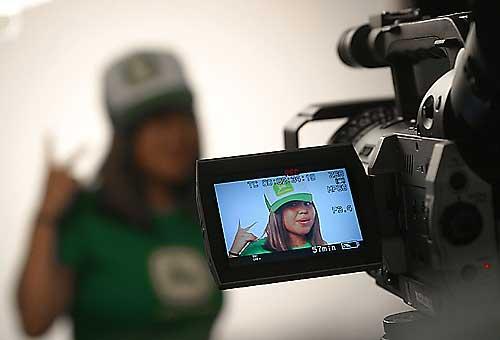 Native
American youth are aware of the stereotypes that taint their heritage.
Ask a group of Native kids from the Swinomish tribe near La Conner,
Skagit County, about what it means to be an American Indian, and
you may be surprised by their candor and insight:
Native
American youth are aware of the stereotypes that taint their heritage.
Ask a group of Native kids from the Swinomish tribe near La Conner,
Skagit County, about what it means to be an American Indian, and
you may be surprised by their candor and insight: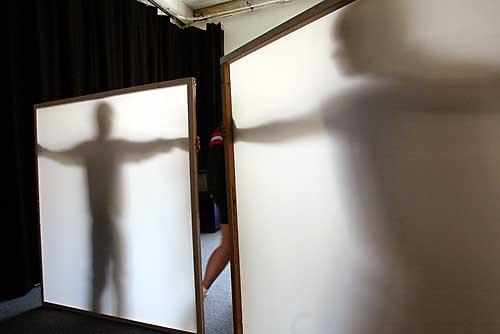 Over
the next two years, 911 Media Arts Center will present a series
of programs that center on media literacy and digital filmmaking
for Native youth. The project, funded by a grant from the Time Warner
Foundation, launched earlier this month with two days of workshops
at the arts center. More than two dozen Swinomish youth traveled
by bus to Seattle to learn the nuts and bolts of digital movie-making,
from handling a camera to framing a shot and lighting.
Over
the next two years, 911 Media Arts Center will present a series
of programs that center on media literacy and digital filmmaking
for Native youth. The project, funded by a grant from the Time Warner
Foundation, launched earlier this month with two days of workshops
at the arts center. More than two dozen Swinomish youth traveled
by bus to Seattle to learn the nuts and bolts of digital movie-making,
from handling a camera to framing a shot and lighting.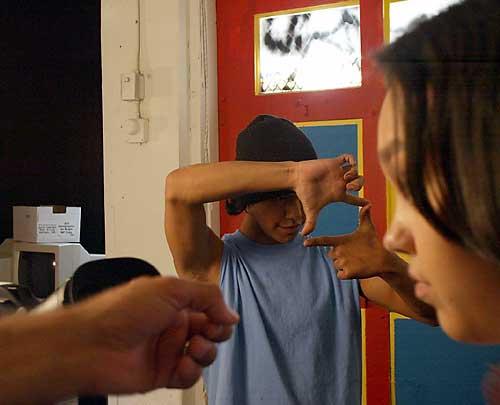 In
addition to learning how to make digital films, the group took a
field trip to the Experience Music Project and talked with rising
young Native American actors Eddie Spears ("Dreamkeeper,"
"Black Cloud") and Cody Lightning ("Smoke Signals,"
"Manic"), who answered questions and offered suggestions
to the aspiring filmmakers. The students' finished works were shown
to a rousing reception at a Saturday evening screening at 911.
In
addition to learning how to make digital films, the group took a
field trip to the Experience Music Project and talked with rising
young Native American actors Eddie Spears ("Dreamkeeper,"
"Black Cloud") and Cody Lightning ("Smoke Signals,"
"Manic"), who answered questions and offered suggestions
to the aspiring filmmakers. The students' finished works were shown
to a rousing reception at a Saturday evening screening at 911.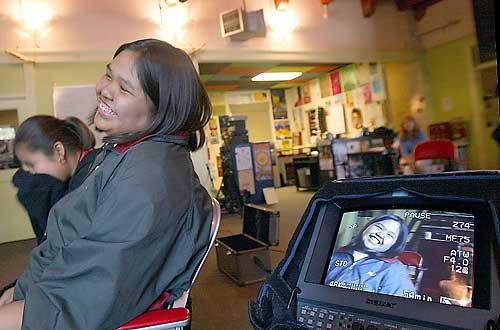 "I've
tried sports, basketball and baseball, and it didn't work out,"
Williams said, "So I picked up a camera."
"I've
tried sports, basketball and baseball, and it didn't work out,"
Williams said, "So I picked up a camera."